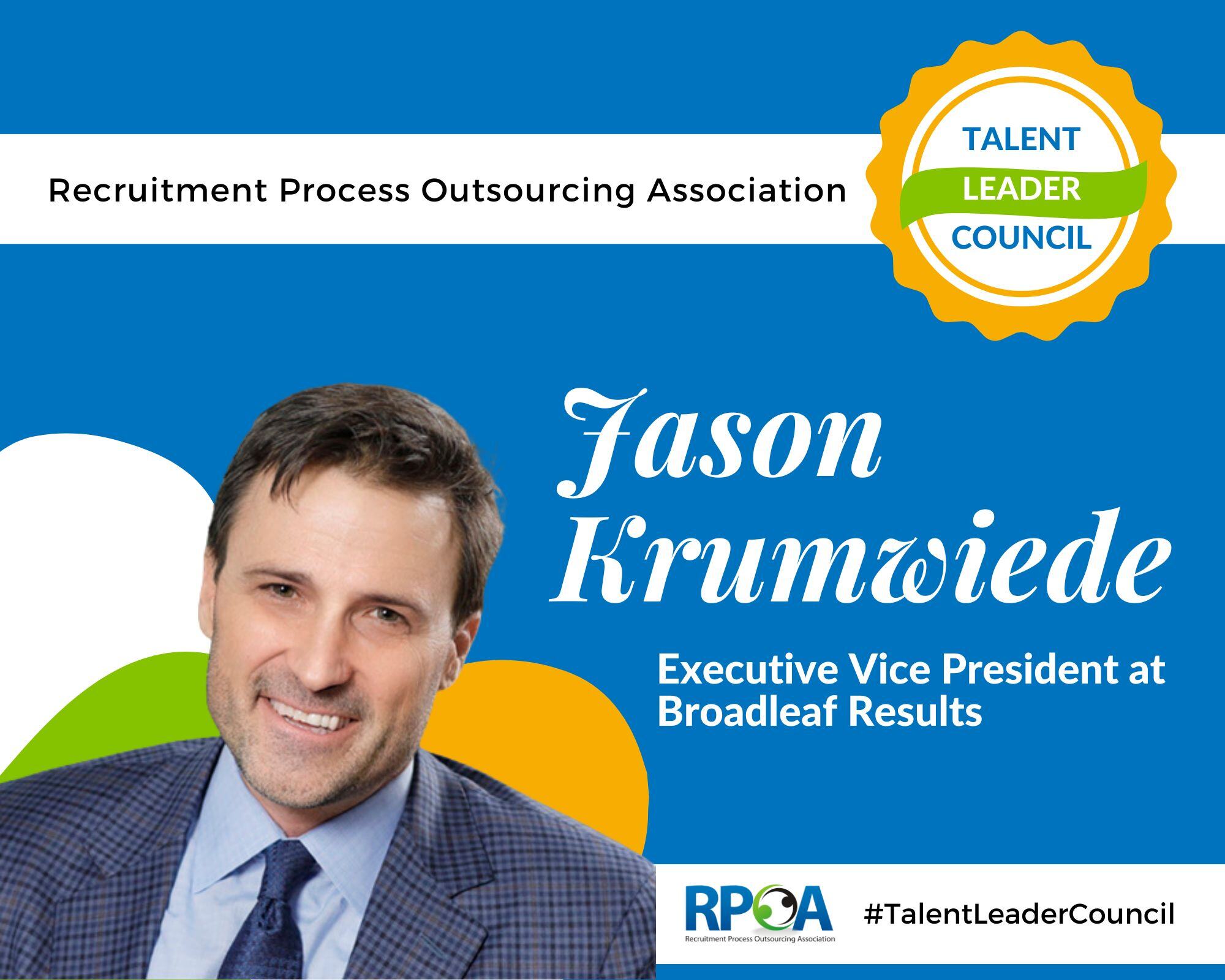
Recruitment Process Outsourcing (RPO) is a beneficial strategic hiring solution during economic uncertainty. Organizations can use RPO to manage fluctuating hiring demand and create a long-lasting, streamlined hiring process. Tumultuous economic trends have significantly affected talent acquisition, with CEOs and CHROs having different perspectives on navigating these trying times. Labor trends such as talent shifting from the ‘great resignation’ to the ‘great stay’ and the vanishing workforce have added additional layers of complexity to the hiring decisions of organizations. By partnering with an RPO provider, companies can tap into a more efficient, effective, and scalable talent acquisition solution.
The RPOA recently hosted an RPO Leadership Forum webinar with Tanya Cohen, Director of Business Development at Advanced RPO, leading an insightful discussion with her colleagues, Justin King, Director of Solution Design, and David Griffiths, Director of Business Development. These RPO and talent acquisition experts shared some of their firsthand experiences and insights in light of the current economic uncertainties in the United States. And its effect on recruiting. They also emphasized how RPO providers partner and support companies with the “ups and downs” of hiring. Below is a recap of their discussion.
Economic Trends Influencing Talent Acquisition
Volatility has marked the latest economic trends. King provided an analysis of those economic trends. He highlighted the fluctuating inflation rates, a significant concern reaching levels not seen since the 1980s. Despite a slight retreat to around 3.8%, inflation remained 90% higher than the Federal Reserve's target of 2%. King discussed the Federal Reserve's efforts to curb inflation through multiple rate hikes over 16 months to slow down consumer spending. He also noted varying predictions from economists, with some anticipating a crash within the next 12 months, but most expect a softer landing. He emphasized the role of consumer confidence in shaping the economy, and despite uncertainty, he indicated that the economy seemed to be weathering the storm.
CEOs' and CHROs' Divergent Views
Amidst this economic uncertainty, CEOs and CHROs hold differing perspectives on navigating talent acquisition in the face of these uncertainties. Griffiths described these differing perspectives between CEOs and CHROs. CEOs tend to focus on external factors that could influence the business, such as competition and legislation. At the same time, CHROs are more optimistic and focused on immediate talent needs to respond to the business's current state. He pointed to a PwC survey of CEOs that revealed that their strategy to combat inflation is to reduce operating costs and raise prices without hiring freezes or reducing the workforce. Griffiths highlighted the importance of understanding these varied perspectives to devise effective talent acquisition strategies.
From The Great Resignation To The Great Stay
It's also essential for business and talent leaders to understand the current shifts in the labor market. At the outset of the pandemic, the job market changed. Cohen delved into that transformation, tracing the evolution from the "Great Resignation" to the "Great Stay." The pandemic triggered a historic wave of job resignations as people sought remote work opportunities or had caregiving responsibilities. This development led to substantial pay increases upon job switching. However, this trend has slowed, with job switch-induced pay increases decreasing to 7.6%. The current scenario emphasizes job security and stability, leading to the "Great Stay" phenomenon. Interestingly, she noted that blue-collar workers have experienced more job security than their white-collar counterparts.
Cohen breaks down the shift from the "Great Resignation to the "Great Stay."
The Vanishing Workforce
Despite more workers staying put and increases in workers returning to work, there's still an increase in workers exiting the workforce, thus contributing to a vanishing workforce. This trend is also making hiring difficult for organizations. Griffiths gave a breakdown of the vanishing workforce trend. He highlighted that both working-age males and females are leaving the workforce. These actions pose significant challenges in identifying and hiring the right talent. Factors like early retirement, focusing on family, and entrepreneurial pursuits are the reasons for most of the vanishing workforce. He emphasized the need for increased awareness among hiring managers and organizations to adapt to these shifts in the labor market.
RPO As A Strategic Solution
In the face of such fluctuating talent acquisition needs and economic uncertainty, RPO is a beneficial strategic solution organizations can use to weather the current storm and create a stable and efficient hiring process for the future. King highlighted that an RPO provider can assist companies in managing the ebbs and flows of hiring demand. He underscored the necessity of scaling hiring efforts to meet business needs, especially during fluctuating demand periods. An RPO partner can complement internal teams by efficiently handling hiring peaks and troughs, ensuring effective workload management and a streamlined hiring process that aligns with business objectives.
In summary, it's essential to create adaptable talent acquisition strategies, particularly in the face of economic uncertainty and the changes in the job market. RPO has emerged as a crucial partner for organizations, offering expertise and scalability to navigate these challenges and maintain an efficient hiring process that aligns seamlessly with business objectives and fluctuations in demand. We encourage you to watch the webinar to stay informed about how RPO can provide an efficient, effective, scalable talent acquisition solution.














